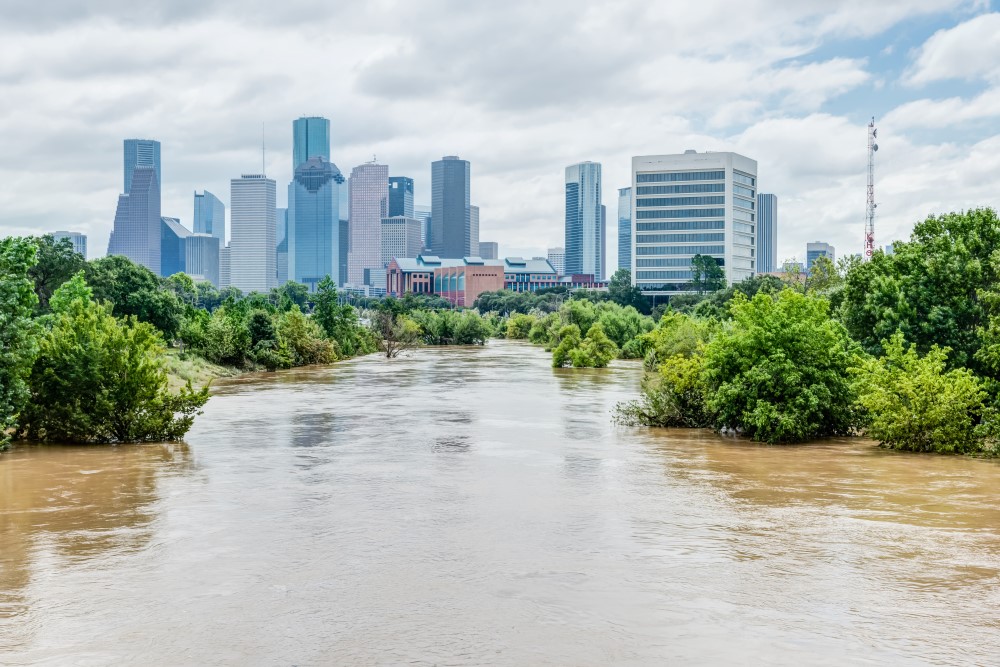Climate-related financial disclosure: what time periods should my company use?

The UK’s climate-related financial disclosure regulations, in line with recommendations from the Task Force on Climate-Related Disclosure (TCFD), require companies to report on climate-related risks and opportunities over the short, medium, and long-term. They also require businesses to set these time periods for themselves.
Whether you’re gearing up to disclose your climate-related risks in line with the UK’s new requirements or are voluntarily reporting to build stakeholder trust and show support for the TCFD, this article will explain how to select time horizons that are relevant to your business, and categorize risks accordingly.
If you’re a British business, this ebook explains everything you need to know about understanding your climate-related asset risks to comply with the UK’s disclosure regulations.
For a detailed look at upgrading your 2022 Environmental, Social, and Governance (ESG) reporting with automated climate risk insights, download our voluntary disclosure ebook.
Setting appropriate timescales for analyzing climate risk
UK disclosure regulations require companies to categorize climate-related risks, “wherever possible, into short-term, medium-term, and long-term”. This aligns with the TCFD recommendations, which state that companies should “describe the climate-related risks and opportunities the organization has identified over the short, medium and long term”.
However, neither the TCFD nor UK government regulations give a fixed definition for how long these periods should be. It’s up to individual companies to decide which time horizons make the most sense for their business, depending on their susceptibility to climate-related risk and their internal strategy. The UK guidance states businesses “should consider all relevant time horizons, not just those that are usually considered for budgetary, strategy or planning purposes.”
To set time horizons that are relevant to your business, follow these four steps:
Step 1: Identify which hazards present risks to your businesses’ continuity
Extreme weather events can disrupt the operations and day-to-day activities of businesses, impacting revenue. Flooding for example can lead to site closures and other business continuity problems, or heat stress to lower productivity. The climate hazards your assets are most exposed to will depend on the location and function of your assets. For example, a factory in the South of the United States may be increasingly vulnerable to heat stress, while a retail property in the East of England may become more susceptible to flooding. Both cases will have a certain Value at Risk (VaR) exposure and related loss due to incidental physical damage.
Step 2: Identify which time horizons apply to your assets
Relevant time horizons will depend on the nature of your company’s business, its supply value chain logistics and its assets. For example, a long-term investment in an operational asset like a large manufacturing facility will have a far longer service life than a temporary storage facility. The timeframe should reflect both the direction of the asset’s productive lifespan and its payback period.
Step 3: Explore how climate hazards generate risk across the different timeframes
The third step is to bring the climate hazards and time horizons you identified together to analyze how the risks you have identified will evolve over the different timeframes you have chosen to use. The exposure of your assets to climate hazards will change and, most likely, will increase. As climate change accelerates, extreme weather events will become more frequent and severe. Slow onset events like rising sea levels are also escalating. The further into the future you go, the greater the uncertainty around policy response and what might happen to our climate. There are also greater potential impacts to your business from climate change as it intensifies. Take this into account in your analysis of longer-term risks.
Step 4: Identify the most significant consequences for your business
Finally, your analysis should explore the consequences of each of the physical and transitional climate risk scenarios you’ve selected across your chosen short-, medium- and long-term timeframes. These consequences may include physical damage to assets, potentially stranded assets, disruption to operations, impacts on supply chains, changing consumer behavior, increasing costs, effects on employees, and cost of adaptation and retrofitting. Focus on the consequences that will have the greatest impact on your profitability and revenue.
This process will help you comply with this section of the UK regulations, including TCFD recommendations to describe why you selected each time horizon in your reporting. For an overview of applying the most commonly used climate scenarios to asset-level physical risk, download our ebook - Assessing your climate risk for UK’s climate-related financial disclosure regulations.
Once the process is in place, companies need access to detailed information about the climate-related risks facing their business. This is only possible with products like EarthScan™, which leverage Climate Intelligence (CI) - asset-level intelligence for managing climate risk - to give businesses a never-before-possible view of every asset they manage or rely on.
EarthScan can dramatically streamline the mandatory disclosure process, freeing ESG and sustainability teams to analyze the insights to incorporate into mitigation and adaptation strategies.
Share this article
Our latest news and insights

Capgemini to embed Cervest climate intelligence into climate transition, adaptation and sustainability strategies for their clients
Read more
What is climate intelligence and why do businesses and governments need it?
Read more
